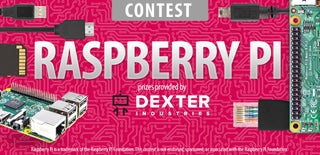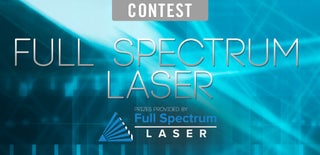Introduction: Diy Arduino Laser Engraver
I started this project because first time I wanted to build something like what I found on the Internet does not contain all information had to look for more projects to put them together to understand something and I wanted to be as simple and cheaper for a draft wekend.
SAFETY WARNING - Please Be Safe When Using lasers. The Laser Used in this machine of can cause permanent eyesight damage, and probably Even blindness. When working with powerful lasers (> 5 mW), always wear a pair of laser safety glasses designed to block your laser's wavelength.
Step 1: The Frame
The frame is constructed of rectangular 15x15 mm, height being 275 mm, width 375 mm and length of 345mm.
Must take into account all inbinarile be 90 degrees, for if these are not the y axis will not work properly and will lock and can not do the whole race. All pipes must be cut accurately.
Round 8 mm pipes to be installed in four holes at 125mm from below. On 8 mm round pipe will introduce two pieces of 8mm round pipe inside. On pieces of pipe 8mm x axis will weld nuts and under them two 5 mm. All details are displayed in pictures. After the pieces were welded cleaned of rust and paint but first we will protect the nuts and 8mm pipe is not painted.
Step 2: X and Y Axes
We'll use threaded rod to 5 mm and will give 4 holes at 114 mm from the bottom.
The rod will be 365 mm and we will fix the frame with nuts in the following order in the rear with auto lock nut, 15 mm pipe sauiba with two nuts locked together, coming just two tipsy with washer inside the frame. Now if you rotate the threaded rod to rotate but it will not get out of the frame. X we use 5mm threaded rod will give two holes in and we use the same technique as the Y fixing.
Step 3: Mounting the Motor
I used 28byj-48 5V motor first need to hack, disassemble the blue cap and cut the red wire, because we will not folosi.Pe circuit board, we see the connection between coils, circuit scratch as I did.
If you want to know why I did that search the Internet and find out the answer for sure. Th motors fixed to the chassis with a screw of 3 mm and nuts, the connection between the motor and the threaded rod, is made of a piece of rubber with a through-hole of 4 mm.
For cheap motors by from here
3 stepper motor 2.12 buy from here
or 30$ 5 big stepper motor from here
Step 4: Electronics .Stepper Motors, Drivers ,Laser Diode
Step 5: Software
The machine is controlled by an Arduino Uno running grbl, and I'm using Universal Gcode Sender to stream gcode commands. To actually turn vector images into gcode, I'm using Inkscape with the gcodetools plugin. I used the spindle direction pin to turn the laser on and off, since that was easy to do with gcodetools.

Participated in the
Raspberry Pi Contest 2016

Participated in the
Full Spectrum Laser Contest 2016













